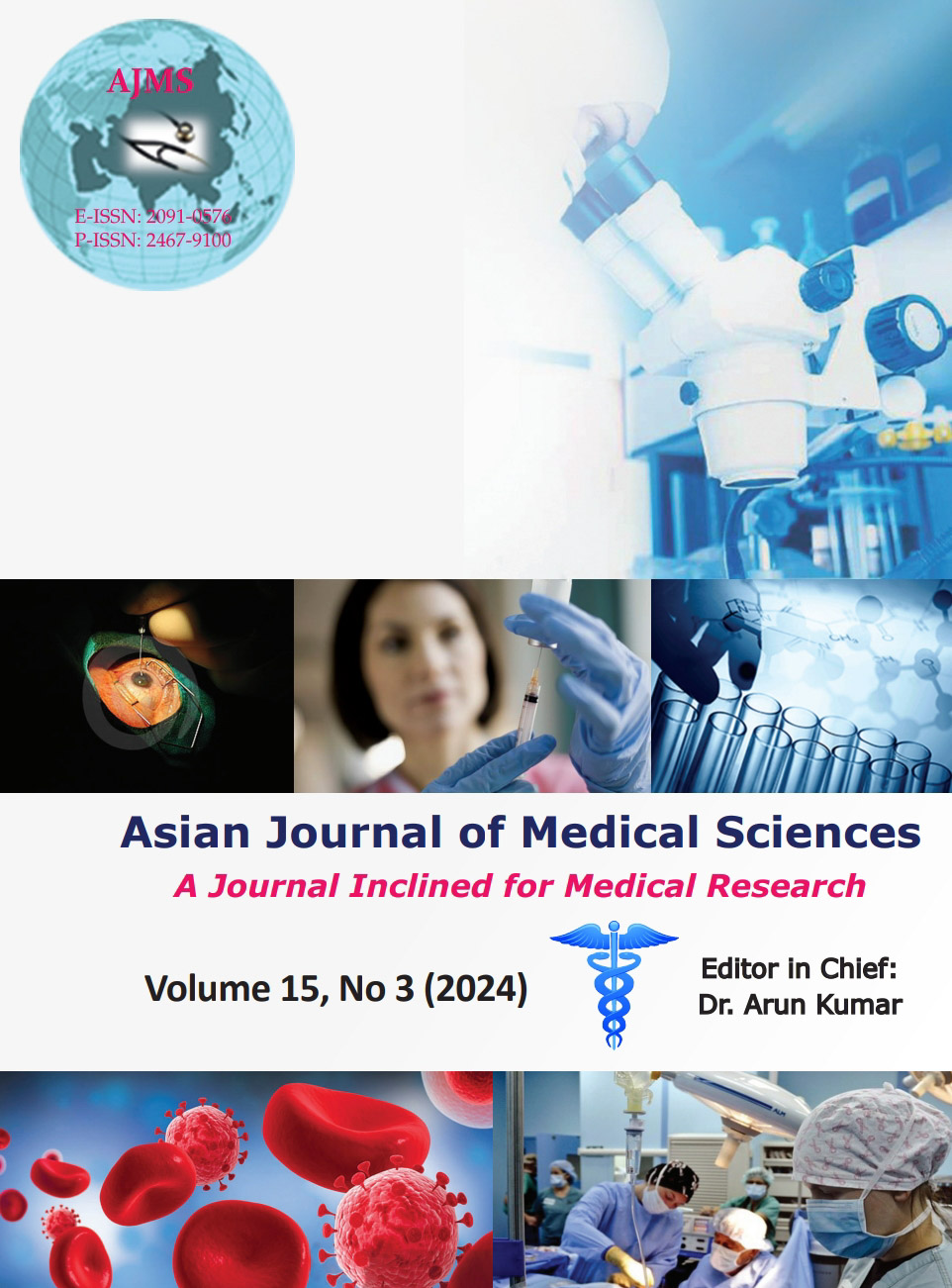Adverse transfusion reactions following transfusion of blood and blood products in a tertiary care hospital: A step toward hemovigilance
Keywords:
Adverse transfusion reaction; Allergic reactions; Blood transfusion; Febrile non-hemolytic transfusion reaction; HemovigilanceAbstract
Background: Transfusion of blood and blood products is a double-edged sword, so it should be used judiciously. The primary aim of the centralized hemovigilance program is to improve transfusion safety.
Aims and Objectives: To determine the frequency, distribution, and types of transfusion reactions (TRs) occurring in patients, reported to the blood center in a tertiary care hospital in North East India.
Materials and Methods: A retrospective study was conducted in State of The Art Model Blood Center, Assam Medical College and Hospital for 1 year from July 2022 to June 2023. Data were collected from TR records as per the hemovigilance reporting format and analyzed.
Results: During the study, 38,165 blood products were issued. 41 (0.11%) TRs were recorded, out of which 25 (61%) occurred with packed red cell transfusion followed by whole blood transfusion (39%). The most common type was febrile non-hemolytic TR (51.2%) followed by allergic reactions (39%).
Conclusion: The frequency of adverse TRs was low (0.11%), which may be due to the management of a few cases by the treating clinician itself. Most reactions occurred with packed red blood cells (PRBC) transfusion, the most common type being febrile non-hemolytic TR, which may be due to the presence of leukocytes, inflammatory mediators in leftover plasma during PRBC preparation, which can be standardized by the use of leukoreduced blood products. Hemovigilance will help to strengthen the quality and safety of blood transfusion.
Downloads
Downloads
Published
How to Cite
Issue
Section
License
Copyright (c) 2024 Asian Journal of Medical Sciences

This work is licensed under a Creative Commons Attribution-NonCommercial 4.0 International License.
Authors who publish with this journal agree to the following terms:
- The journal holds copyright and publishes the work under a Creative Commons CC-BY-NC license that permits use, distribution and reprduction in any medium, provided the original work is properly cited and is not used for commercial purposes. The journal should be recognised as the original publisher of this work.
- Authors are able to enter into separate, additional contractual arrangements for the non-exclusive distribution of the journal's published version of the work (e.g., post it to an institutional repository or publish it in a book), with an acknowledgement of its initial publication in this journal.
- Authors are permitted and encouraged to post their work online (e.g., in institutional repositories or on their website) prior to and during the submission process, as it can lead to productive exchanges, as well as earlier and greater citation of published work (See The Effect of Open Access).




